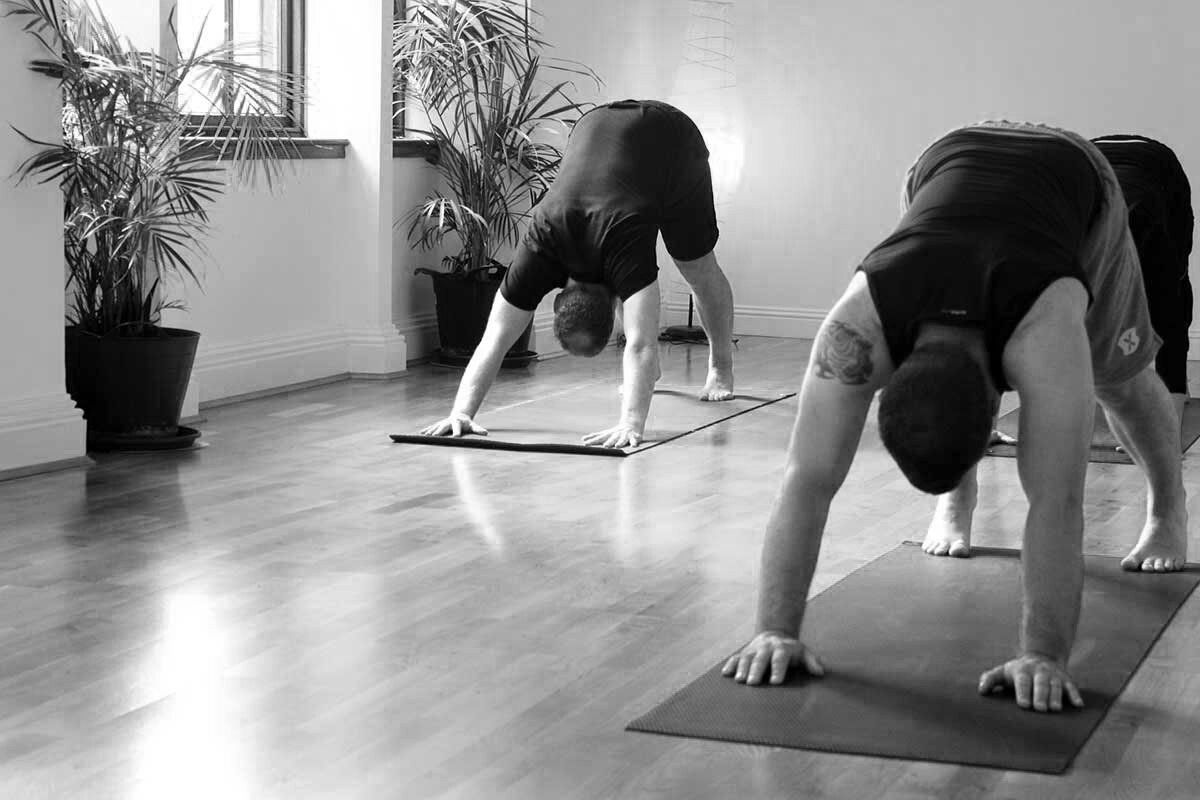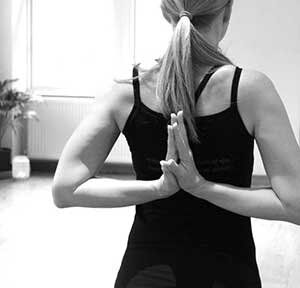Counting the Ashtanga Yoga Practice: Why, how & where to start?
Ashtanga Yoga is a counted system with each breath and coordinated movement being accounted for. This count comes from counting the vinyasa (co-ordinated breath/movement) of each posture – each posture has an ideal number of inhales and exhales for moving into and out of the posture. Traditionally these vinyasa are counted in Sanskrit.
Why do we count?
There’s a few good reasons why counting helps our practice:
It’s a tool to help us learn the correct sequence of movements;
To hold the rhythm, not unlike the counting done in dance classes;
Focuses the mind;
Helps us know where we are in the practice;
Counting, particularly in Sanskrit, can help connect us to where the teachings originated.
While each posture has an ideal number of counted inhales and exhales for moving into and out of it, an ideal means we may never actually achieve it. The intention is simply to hold ourselves accountable to working in the direction of that ideal.
I really started appreciating and learning the count after practising with John Scott, a well known Ashtanga teacher, for the first time. He believes we should all learn the Ashtanga vinyasa count whether or not we’re teaching. For him the count is a mantra, helping us to steady and focus the mind.
You can hear John talking about the purpose and method of the vinyasa count here.
Where did the count come from?
I can’t talk about the history of Ashtanga Yoga without mentioning Pattabhi Jois.
However, I can’t talk about Pattabhi Jois without first telling you that in 2018 Karen Rain and a number of other women went public describing their experiences of sexual harassment and abuse at his hands. Those who tried to speak out against what they were seeing were ignored, made to doubt and shunned by the community around him.
In the early days of his teaching the students didn’t know what Pattabhi Jois was saying. It was only when Lino Miele witnessed him counting the whole sequence through in a led class in France that he realised and later sat down with him to try and write down “correct” vinyasa.
You can read a little more about how Ashtanga Yoga came to the west in this article by Dr Ronald Steiner.
Things to remember when learning the count:
The count always starts from and returns to Samasthiti. When we practise in this way it’s called full vinyasa;
There are counted and uncounted breaths but all breaths are accounted for;
Within the system the same position can be a different number in different postures;
Just when you think you’re starting to get it, that you can see the pattern and understand the logic there’s always another anomaly or exception!
The count sometimes varies between Lino Miele, Pattabhi Jois and his grandson Sharath Jois. These discrepancies are a source of interest rather than dissension!
It’s okay to get it wrong sometimes – don’t let getting mixed up put you off trying. I still get it wrong sometimes too especially when I’m distracted or tired.
Where to start counting?
You can start by learning the Sanskrit numbers. We’ve given you 1-28 here – that’s as high as you’ll need to go for counting Primary Series.
Do you know which posture takes you all the way to 28?
Then start counting yourself through Surya Namaskar A every time you do it. You can even try counting out loud – you’re less likely to get distracted that way!
Surya Namaskar A
9 vinyasa
Ekam (inhale) – Reach
Dve (exhale) – Fold
Trīni (inhale) – Look up
Catvāri (exhale) – Chaturanga
Pañca (inhale) – Upward Facing Dog
Sat (exhale) – Downward Facing Dog (five breaths)
Sapta (inhale) – Feet to hands
Astau (exhale) – Fold
Nava (inhale) – Reach
EXHALE – Samasthitihi
Repetition is the only way to remember it! Once you’re able to count through Surya Namaskar A start to count through Surya Namaskar B.
Surya Namaskar B
17 vinyasa
Write out the count following the format I’ve given you above for Surya Namaskar A. When you’re practising, if you lose your place it’s helpful to remember the step forward with the right foot is sapta, the left foot is ekādaśa and jumping forward from downward facing dog is pañcadaśa.
What’s next?
When you’re confident counting yourself through Surya Namaskar A & B and are practising counting all the way up to 28, start to add the count onto the postures.
Start with the standing postures. Look for postures which have the same counting pattern. To help you I’ve started to create short videos showing the count for postures and I’ll keep adding to them.
VIDEO 1: Learn to count Padangushtasana & Pada Hastasana
The first two standing forward bends of the standing sequence each have 3 vinyasa. The ekam inhale movement for padangushtasana can be challenging so I show you how to add extra breaths to maintain integrity.
VIDEO 2: Learn to count the Trikonasanas, Parshvakonasanas & Parshvottanasana
The count and pattern of movement is the same for each of these foundational standing postures. Once you’ve got one of them worked out, you’ve got them all!
VIDEO 3: Learn to count the Prasarita Padottanasanas
These postures come in a set of four – Prasarita Padottanasana A, B, C & D. Each posture has 5 vinyasa, 5 counted synchronised breaths and movements. A & D have the same count and pattern of movement, as do B & C. We normally do these postures in sequence in class but the pattern is easier to see if you first count full vinyasa and come back to samasthiti after each posture.
Helpful Resources
When I’m trying to figure out the count I go to the following books:
Ashtanga Yoga – The Yoga of Breath by Lino Miele
Ashtanga Yoga by John Scott
Astanga Yoga Anusthana by R Sharath Jois
Yoga Mala by K Pattabhi Jois
Also if you’re struggling to remember the sequence of postures or the names of the poses check out these posts:
Ashtanga Yoga Resources: Primary Series Cheat Sheets & More
My Top 3 Tips for Learning the Ashtanga Yoga Sequence
Judi x
PS Did you figure out which posture of Primary Series requires you to count to 28? Supta Padangusthasana has 28 Vinaysa!
If you’ve found this post of interest please share as other people you know may find it interesting too…





